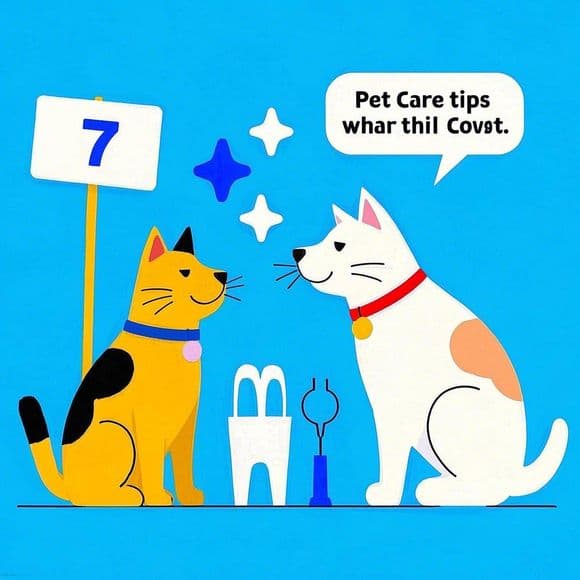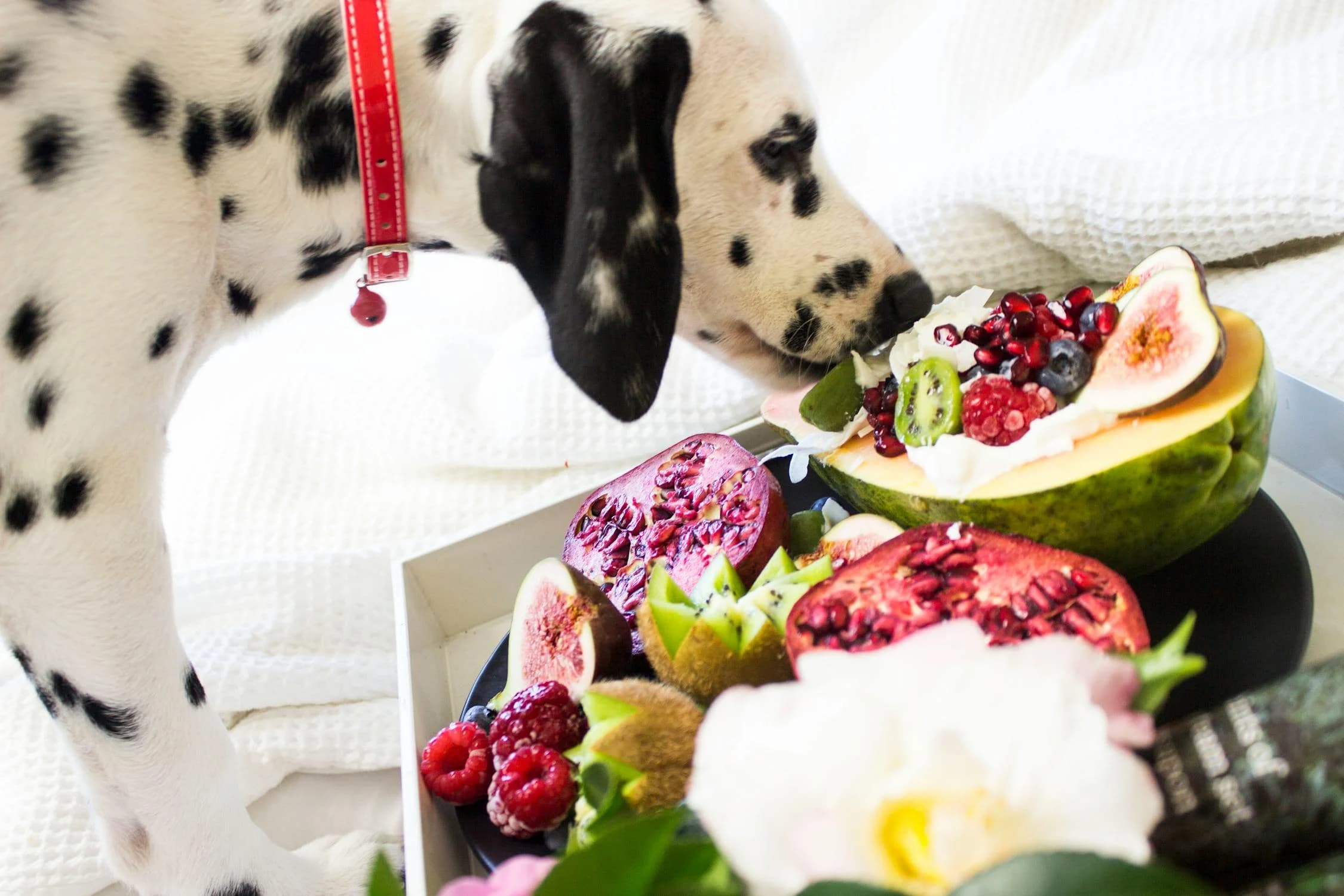Plants Your Dog Shouldn’t Consume: A Guide to Indoor and Outdoor Hazards

While incorporating safe fruits and vegetables into your dog's diet can offer numerous health benefits, it's equally important to be aware of plants that are toxic to dogs. Both indoor and outdoor plants can pose serious health risks if ingested by your furry friend. Here's a comprehensive guide to plants you should keep away from your dog.
Indoor Plants to Avoid
1. Aloe Vera
Toxicity: Aloe vera contains saponins and anthraquinones, which can cause vomiting, diarrhea, lethargy, and tremors in dogs.
Symptoms: Vomiting, diarrhea, lethargy, tremors.
2. Philodendron
Toxicity: Philodendrons contain calcium oxalate crystals that can cause oral irritation, intense burning and irritation of the mouth, lips, and tongue, excessive drooling, vomiting, and difficulty swallowing.
Symptoms: Oral irritation, drooling, vomiting, difficulty swallowing.
3. Sago Palm
Toxicity: Sago palm contains cycasin, which is extremely toxic to dogs and can cause severe liver damage, vomiting, diarrhea, and seizures.
Symptoms: Vomiting, diarrhea, liver failure, seizures, lethargy.
4. Dieffenbachia (Dumb Cane)
Toxicity: Dieffenbachia contains insoluble calcium oxalates that cause oral irritation, drooling, vomiting, and difficulty swallowing.
Symptoms: Oral irritation, drooling, vomiting, difficulty swallowing.
5. Pothos (Devil's Ivy)
Toxicity: Pothos contains insoluble calcium oxalate crystals that cause oral irritation, intense burning and irritation of the mouth, lips, and tongue, excessive drooling, vomiting, and difficulty swallowing.
Symptoms: Oral irritation, drooling, vomiting, difficulty swallowing.
6. ZZ Plant (Zamioculcas zamiifolia)
Toxicity: ZZ plants contain calcium oxalates, which can cause oral irritation, drooling, vomiting, and difficulty swallowing.
Symptoms: Oral irritation, drooling, vomiting, difficulty swallowing.
7. Peace Lily (Spathiphyllum)
Toxicity: Peace lilies contain calcium oxalate crystals that cause oral irritation, drooling, vomiting, and difficulty swallowing.
Symptoms: Oral irritation, drooling, vomiting, difficulty swallowing.
8. Snake Plant (Sansevieria trifasciata)
Toxicity: Snake plants contain saponins, which can cause nausea, vomiting, and diarrhea in dogs.
Symptoms: Nausea, vomiting, diarrhea.
Outdoor Plants to Avoid
1. Oleander
Toxicity: Oleander contains cardiac glycosides, which are extremely toxic to dogs and can cause severe heart problems, vomiting, diarrhea, and even death.
Symptoms: Vomiting, diarrhea, drooling, irregular heartbeats, death.
2. Foxglove
Toxicity: Foxglove contains cardiac glycosides, which can cause severe heart problems, vomiting, diarrhea, and even death.
Symptoms: Vomiting, diarrhea, irregular heartbeats, death.
3. Azalea/Rhododendron
Toxicity: Azaleas contain grayanotoxins, which can cause vomiting, diarrhea, drooling, lethargy, and cardiac failure.
Symptoms: Vomiting, diarrhea, drooling, lethargy, cardiac failure.
4. Lily of the Valley
Toxicity: Lily of the valley contains cardiac glycosides, which can cause vomiting, diarrhea, drop in heart rate, severe heart problems, and even death.
Symptoms: Vomiting, diarrhea, drop in heart rate, cardiac issues, death.
5. Daffodils
Toxicity: Daffodils contain lycorine, which can cause vomiting, diarrhea, abdominal pain, and cardiac arrhythmias.
Symptoms: Vomiting, diarrhea, abdominal pain, cardiac arrhythmias.
6. Tulips
Toxicity: Tulips contain tulipalin A and B, which can cause vomiting, diarrhea, drooling, and loss of appetite.
Symptoms: Vomiting, diarrhea, drooling, loss of appetite.
7. Rhubarb
Toxicity: Rhubarb contains soluble oxalates, which can cause kidney failure, tremors, and seizures.
Symptoms: Vomiting, diarrhea, tremors, seizures, kidney failure.
8. Hydrangea
Toxicity: Hydrangeas contain cyanogenic glycosides, which can cause vomiting, diarrhea, and lethargy.
Symptoms: Vomiting, diarrhea, lethargy.
Tips to Keep Your Dog Safe
1. Know Your Plants: Familiarize yourself with the plants in your home and yard, and remove any that are toxic to dogs.
2. Create Boundaries: Use fencing or barriers to keep your dog away from toxic outdoor plants.
3. Supervise Outdoor Time: Keep a close eye on your dog when they are outside to prevent them from ingesting harmful plants.
4. Educate Family and Friends: Ensure everyone in your household and regular visitors are aware of the plants that are dangerous to your dog.
5. Immediate Action: If you suspect your dog has ingested a toxic plant, contact your veterinarian or an emergency animal poison control center immediately.
Final Thoughts: Ensuring a Safe Environment for Your Dog
Being aware of the plants that can pose a risk to your dog is essential for creating a safe and healthy environment for them. By taking preventative measures and knowing what to look out for, you can protect your dog from the dangers of toxic plants. Regularly check both indoor and outdoor spaces for potentially harmful plants and educate yourself and others on how to prevent accidental ingestion. Your vigilance and proactive approach will help ensure your furry friend stays happy, healthy, and safe.




